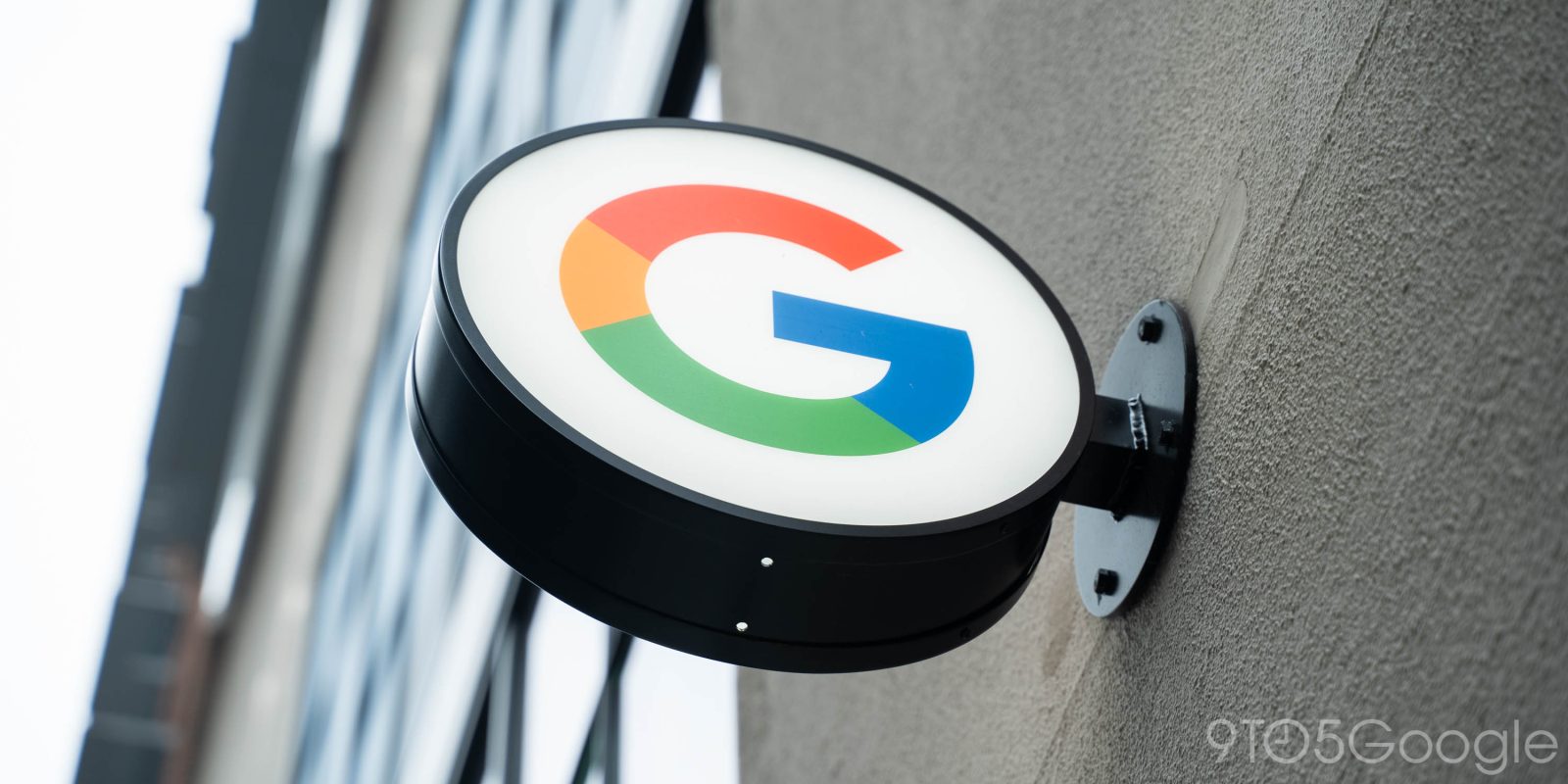
Following rumors, Google announced today that it has acquired microLED startup Raxium to join the Devices & Services team.
The news was announced by Rich Osterloh, who leads Google hardware and called Raxium an “innovator in single panel MicroLED display technologies.”
The team at Raxium has spent five years creating miniaturized, cost-effective and energy efficient high-resolution displays that have laid the foundation for future display technologies. Raxium’s technical expertise in this area will play a key role as we continue to invest in our hardware efforts.
Previous reporting from March said Google was interested in microLED for augmented and mixed reality devices. As we previously noted:
MicroLED is very much an emerging technology that’s currently limited to expensive and large screens, like wall-mounted signage, but LG did announce a 136-inch 4K HDR model at CES that’s expected to arrive this year. It’s inorganic (similar to LCD), but with OLED qualities like brightness and good color fidelity. The most important aspect of this display technology is energy efficiency, which is needed for constrained, face-mounted wearables.
Raxium differentiates itself by using a different manufacturing technique that should be more cost effective.
This news comes as details of Meta’s competing efforts leaked earlier this week. Specifically, Meta is reportedly launching a second-generation mixed reality headset, which is geared towards competing with laptops/Chromebooks, by 2024. That’s the same year Google is reportedly releasing its first unit, codenamed Project Iris.
9to5Google’s Take
Today’s announcement — via a short two-paragraph blog post — is very reminiscent of the North acquisition in June of 2020. There is no reference to augmented reality today, but the framing lines up. It’s unclear whether Google would consider microLED for Pixel phones or other form factors once the display tech becomes less expensive.
Google buying the core technology needed for AR/MR is a good sign of its commitment to the future form factor. It’s a practice that its competitors (Apple, Snap, and Meta) in the field have already taken.
More on Google AR:
- Google developing ‘Augmented Reality OS’ for ‘innovative AR device’
- Sundar Pichai thinks of the metaverse as more immersive computing with AR
- Google working on AR headset codenamed ‘Project Iris’ with custom chip, cloud streaming for 2024
FTC: We use income earning auto affiliate links. More.





Comments